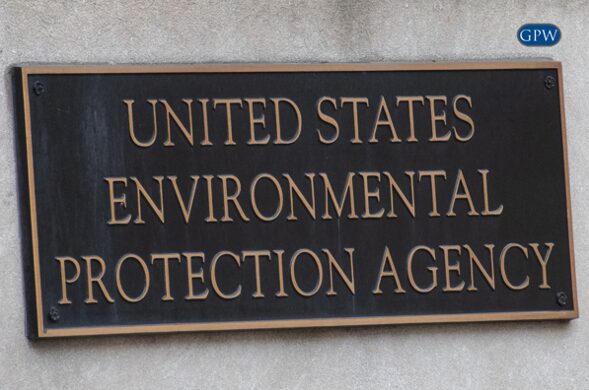Asbestos Exposure Limits
Asbestos has been used in various materials produced for building or home construction, auto components, and manufactured products because of its fiber strength, heat resistance and affordability. If asbestos-containing materials are broken, crushed, or disturbed, the asbestos fibers may be released into the air and become a health hazard.
Who is most at risk for contracting an Asbestos-related disease?
Asbestos hasn’t been mined in the United States since 2002. However, asbestos-containing products such as cement sheet, roofing shingles, and automotive parts are still manufactured, imported, processed and distributed in the United States.
Asbestos is a Right to Know Hazardous Substance Listed by OSHA, ACGIH, DOT, NIOSH, NTP, DEP, IARC, IRIS, and EPA. It is on the Special Health Hazard Substance List as a severe health risk.
Health Effects of Asbestos Exposure
There are no known short-term acute effects of exposure to asbestos. People who develop this severe and often fatal disease later in their lifetime might feel fine at the time they are exposed.
Chronic Health Effects
Chronic long-term health effects that can occur at some time after exposure to asbestos and last for months or years are:
- Cancer – Asbestos is a known carcinogen in humans. It has been proven to result in lung cancer, throat cancer, colon cancer, and mesothelioma.
- Asbestos Disease – Exposure to asbestos can cause asbestosis, a non-cancerous scarring of the delicate tissues of the lungs. This excessive scar tissue, or fibrosis, makes the lungs stiff and their contractions to move air in and out difficult. Asbestosis victims may have an extremely difficult time breathing and chronic cough.
Workplace Asbestos Exposure Limits
Employers are required by OSHA to protect their workers from exposure to asbestos, even during disaster conditions. OSHA’s standards state that employers must protect their workers by implementing procedures that:
- Assess asbestos levels
- Mark off regulated areas
- Post hazard signs
- Use engineering controls (such as ventilation systems equipped with HEPA filters), and
- Control work practices for reducing levels of airborne Asbestos.
Employers are held responsible for providing and ensuring proper training in the use of personal protective equipment (PPE), including respirators, as appropriate.
Every employer must train each worker who may be exposed to airborne asbestos concentrations above the Permissible Exposure Limit (PEL) or excursion limit, and each worker who performs Class I through IV asbestos operations.
There is no safe level of asbestos exposure. All employers should reduce all contact to the lowest possible level. The following exposure limit guidelines are for asbestos fibers longer than 5 micrometers:
OSHA states that the legal airborne asbestos PEL is 0.1 fiber/cc (fiber per cubic centimeter) averaged over an 8-hour work shift and one fiber/cc, not to be exceeded during any 30-minute work period.
NIOSH recommends an airborne asbestos exposure limit (REL) is 0.1 fiber/cc averaged over a 10-hour work shift.
ACGIH suggests the threshold limit value (TLV) for asbestos is 0.1 fiber/cc averaged over an 8-hour work shift.
Workers who believe they are being exposed to asbestos can report the alleged violation to OSHA, which has the authority to impose monetary penalties on companies that expose workers to Asbestos and other workplace hazards.
Despite decades knowing asbestos exposure dangers, companies withheld, downplayed, and ignored the issue. Not until a series of lawsuits in the early 1970s were companies forced to admit their awareness and responsibility. Those first mesothelioma lawsuits paved the way for modern asbestos litigation. It’s a journey toward compensating those injured by asbestos that the Goldberg, Persky & White law firm has been a part of since the beginning. Contact us today!




